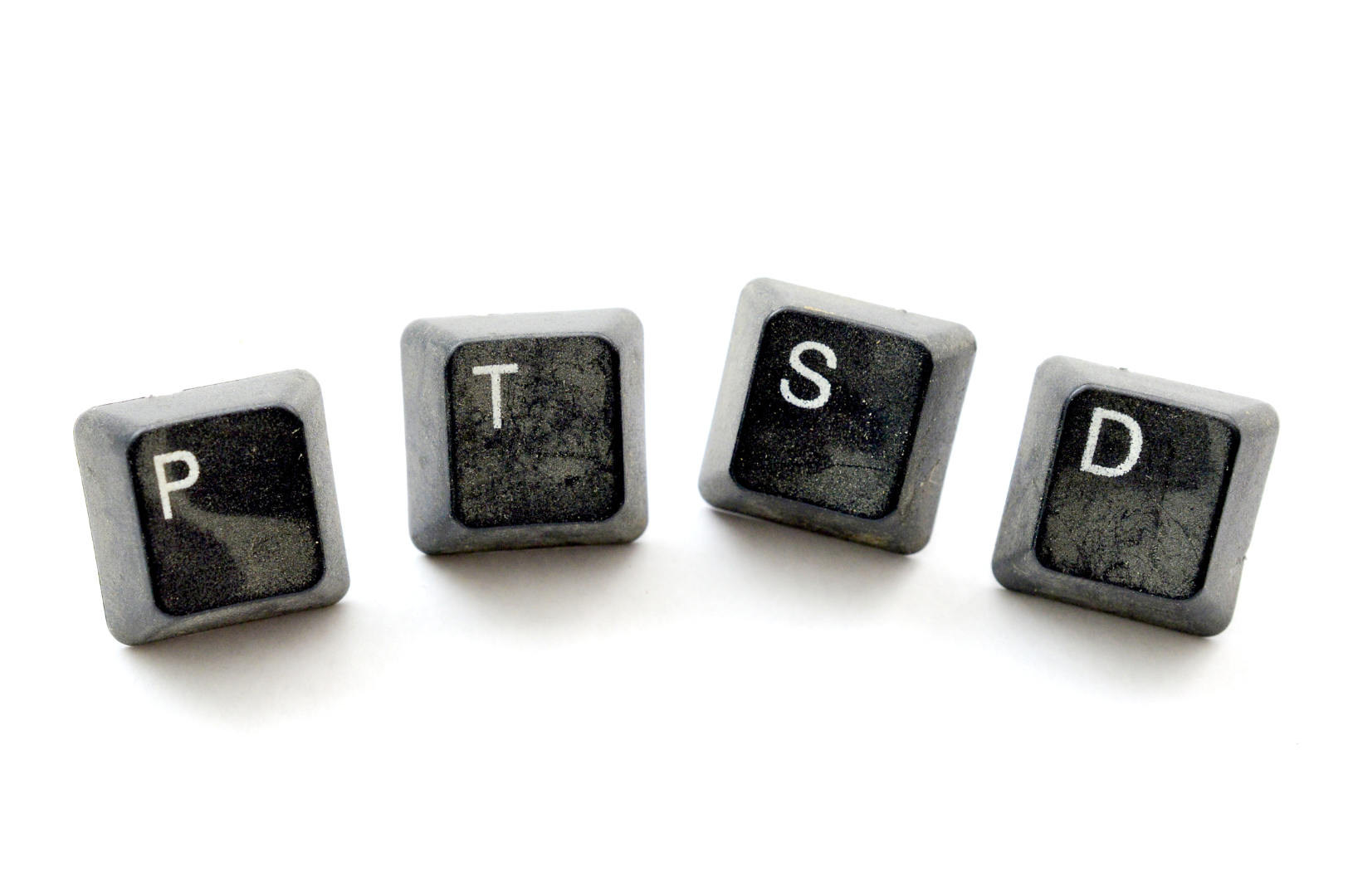
Grounding Technique and Why it is Helpful for PTSD
The symptoms of Post-Traumatic Stress Disorder, also known as PTSD, can occur suddenly. Without any impending signs or triggers, people who have PTSD can find themselves in the midst of their PTSD symptoms. Fortunately, there are activities that can help alleviate the dissociation and flashbacks that accompany PTSD. “Grounding techniques,” for example, are strategies that utilize a person’s senses and the environment to manage PTSD and other anxiety disorders.
What is a Grounding Technique
Grounding techniques are coping strategies used to connect you with the present moment, otherwise known as “grounding.” Typically utilized for symptoms of PTSD, grounding is also effective for the following conditions:
- anxiety
- obsessive-compulsive disorder (OCD)
- phobias
- self-harm urges
- traumatic memories
- substance use disorder
Through grounding techniques, individuals with PTSD or anxiety can regulate distressing thoughts, emotions, or memories.

How Grounding Works
What makes most grounding techniques work is the use of a few senses— like touch, taste, sound, smell, and sight—to:
- Link the person to the present environment.
- Distract a person from their current emotions, thoughts, and fears.
Very often, grounding techniques utilize simple prompts and tasks to foster a sense of connection and calmness.
A few examples of grounding techniques are:
- Rubbing a favorite scented lotion on the hands to trigger the sense of smell.
- Listening to a meaningful song or singing a familiar tune to use sound as a link.
- Sucking on a strong sour candy to focus on taste.
- Intently listening to the ticking of a watch or clock.
- Rubbing a square of velvet or a textured fabric kept in the pocket.
- Pressing the fingers of one hand into the fingers of the other hand.
- Petting or smelling a favorite pet.
- Describing the immediate surroundings, focusing on colors.
- Slowly clench and unclench fists repeatedly.
These activities produce sensations that make it difficult for a person’s mind to ignore, basically redirecting their attention away from what is distressful.

Mental Grounding Techniques
Not all grounding techniques use the senses. Some utilize mental distractions instead. These grounding exercises redirect thoughts away from intense emotions and help relieve anxiety. Some of the most well-known forms of mental grounding techniques use visualization. Imagining a “happy place,” for instance, is an example of a mental grounding technique. Another mental grounding technique is saying the alphabet backward or concentrating on saying the multiplication tables in order.
What Grounding Techniques Should You Use?
The techniques a person chooses to use for grounding depend on personal preference. Grounding techniques are personal and, very often, unique to the individual. In the end, it depends on what works for the person.
A person’s favorite song, a personal scent, or even a special stone held in the pocket can all be utilized for grounding, and each depends on a person’s interests and passions. What matters is that whatever a person chooses works for them.
Grounding Techniques Can Be Used Anywhere
What’s convenient about grounding techniques is that they can be used anywhere. Whether outside in public or at home, grounding works without medication or years of training. Grounding can be used immediately, though it does take time and a few tries to see what works best.

Grounding Techniques and Breathing
One method that accompanies many grounding techniques is controlled breathing. Incorporating controlled breathing into any grounding technique can increase the method’s effectiveness. For example, listening to the tick of a watch or clock while performing timed and controlled breathing can help improve results.
For many people, however, controlled breathing may be difficult when they’re feeling overwhelmed with anxiety. It’s during these situations that a multi-sensory device like CalmiGo can help. In a recent study, CalmiGo was given to 29 army veterans who had combat-related PTSD and anxiety. Almost all study participants experienced a rapid immediate reduction of their symptoms through the use of CalmiGo, along with long-term relief of their anxiety.
If you’re looking for a convenient and easy-to-do grounding technique, CalmiGo is what you’ve been searching for. CalmiGo is a scientifically proven stress reduction tool that incorporates smell, sight, touch, and breathing into an effective and proven grounding technique. Small and discreet, CalmiGo is an excellent medication-free option for PTSD and anxiety-related symptoms.




